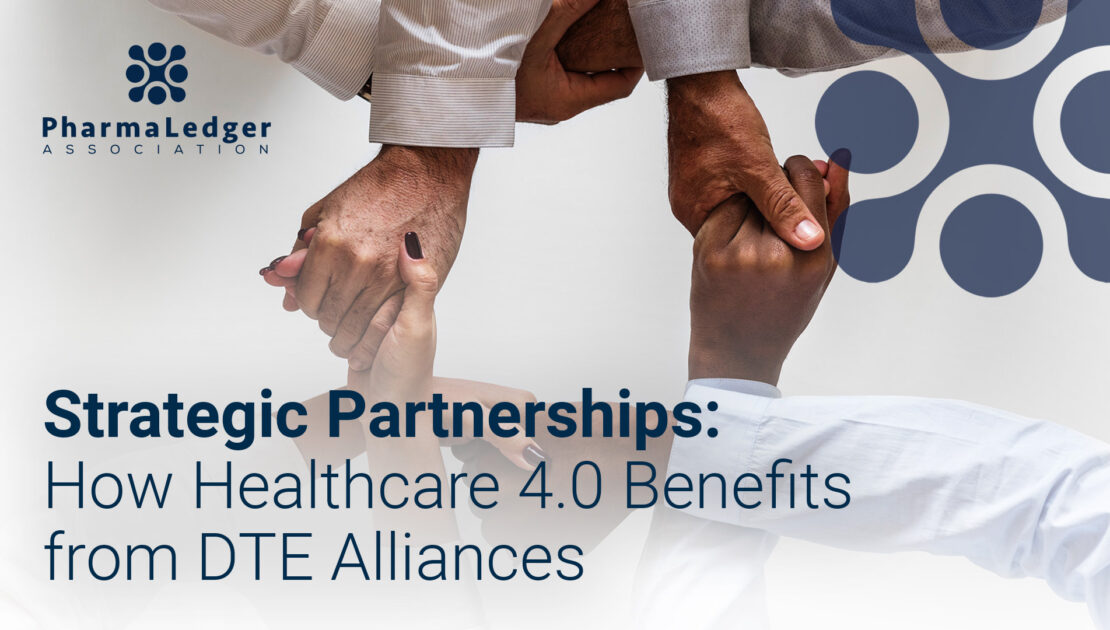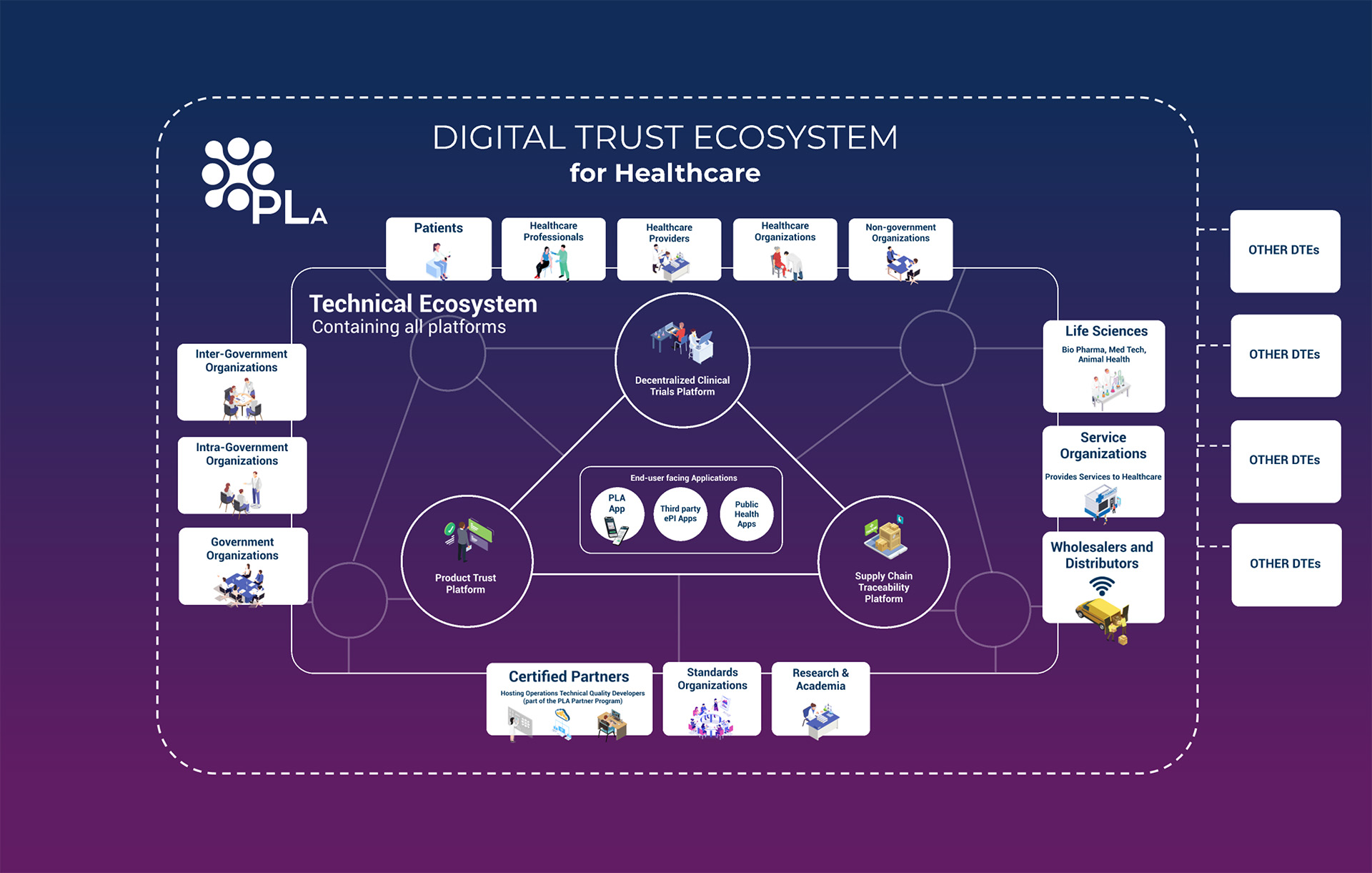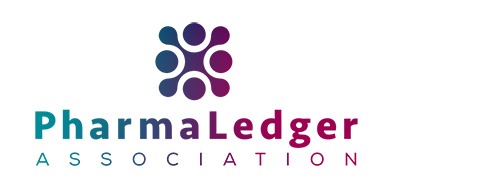Strategic Partnerships: How Healthcare 4.0 Benefits from DTE Alliances

The healthcare landscape is evolving exponentially in the current digital age, with information flowing freely between various stakeholders across the globe. This interconnectedness presents many opportunities, but also some significant challenges. One of the most fundamental, and also complex, lies in building systems and interconnected platforms where virtual interactions are rooted in trust and transparency, while maintaining data privacy and security.
That’s where the concept of a Digital Trust Ecosystem (DTE) comes in. A DTE is a mesh network – a web of connections where organizations and users benefit from the direct trusted connectivity with peers and services. This complex but crucial concept hinges on shared platforms, secure communication, and ethical conduct from all stakeholders. It’s more than just a technical term; it’s a collaborative effort to build a future-proof digital landscape.
Beyond Theory: Real-World Benefits of DTEs in Healthcare

At first glance, the concept of a Digital Trust Ecosystem might appear abstract. However, DTEs underpin many real-world applications, including secure online payments and even some national identification systems.
A prime example of a DTE in action is the widespread virtual wallet used for point-of-sale transactions on smartphones and online shopping platforms. This seemingly simple act of making a virtual payment involves a complex network of relationships built on cryptographic trust.
The user’s wallet application functions as a secure vault that can transmit a unique token instead of actual card information during contactless payments. While this tokenization process minimizes risk, trust extends beyond this single layer. Industry-wide standards agreed upon by multiple actors is what ensures secure data transfer across the system. Behind the scenes, the user’s bank verifies the availability of funds, while the merchant relies on the DTE to validate the user’s identity.
Comprehensive security measures are the cornerstone of this ecosystem. Encryption safeguards user data, and additional layers of authentication, such as biometric scans on the user’s phone, further enhance security. This intricate web of trust, encompassing the user, the bank, the merchant, device and the wallet service provider, underpins the convenience and security of contactless payments.
Estonia’s digital ID system which functions as a microcosm of a digital trust ecosystem is another great example. Estonia has by far the most highly-developed national ID-card system in the world. Their physical ID card acts as a trusted device, storing digitally encrypted information. The PIN functions as an authentication factor, verifying the identity of the card holder. Finally, the online services that accept the ID act as relying parties, trusting the Estonian government to have issued a legitimate credential. Much more than just a legal photo ID, the mandatory national card provides digital access to all of Estonia’s secure e-services. This interplay between secure technology, user verification, and established trust in an issuing body exemplifies the core principles of a DTE.
Data & Trust: The Foundational Pillars
Unlike traditional structures, Digital Trust Ecosystems boast unique features that make them ideal for maintaining long-term partnerships, specifically through data integrity and decentralized governance.
The prioritization of data integrity in DTEs ensures the accuracy, security, and immutability of information shared across the ecosystem. This creates a secure environment allowing for open transparent collaboration, building confidence and eliminating concerns about data manipulation or unauthorized access.
As well, DTEs operate under decentralized governance, meaning that no single entity holds complete control. Decentralizing governance facilitates a collective and democratic atmosphere, where all partners have a voice and contribute to decision-making. This shared ownership encourages participation and incentivizes each partner to contribute their expertise and resources for the shared benefit, in turn strengthening the community.
These unique features, combined with the fundamental focus on transparency and collaboration, make DTEs an ideal approach for forming and maintaining strong partnerships between even competitors, ultimately leading to greater success for all participants.
How DTE Partnerships Will Drive Healthcare
A Digital Trust Ecosystem in Healthcare (DTE-H) can be envisioned as a balanced network where all participants are interconnected and their actions impact each other. Focusing solely on individual gains of one pharmaceutical manufacturer, without keeping in mind how decisions made may affect patients, hinders the success of the system.
Similarly, patient-centric solutions designed in isolation often struggle with wider adoption. The DTE-H bridges these gaps, allowing for collaboration that develops innovative, scalable, and patient-centered solutions that comply with regulations. Ultimately, it serves as the framework to achieve a better healthcare experience, especially for patients.
A fantastic example of this also comes to us from Estonia. There the healthcare system’s cornerstone is digitization. Patients seamlessly access medical records, schedule appointments, and even consult with doctors through a secure national digital platform. This eliminates paperwork, streamlines processes, and empowers patients to actively manage their health information.
But a successful DTE goes beyond digital convenience. Security and trust are equally critical. For this reason, Estonia utilizes blockchain technology, a distributed ledger system, to ensure the integrity and traceability of patient data. This technology prevents unauthorized access or alteration, safeguarding sensitive information. Additionally, robust encryption protects the privacy of the patients, who have precise control over who can access their medical records, fostering trust and confidence in the system.
The Estonian healthcare DTE is a unique blend of centralized and decentralized elements. The national infrastructure provides the backbone, but healthcare delivery itself is decentralized. Hospitals can be publicly owned or private, offering patients choice and encouraging competition within the system. While a central agency oversees the core infrastructure, stakeholders like doctors and patient associations actively participate in shaping the system’s evolution. This collaborative approach ensures the DTE remains responsive to the needs of all participants.
Empowering the Ecosystem: How DTEs Benefit All in Healthcare 4.0
While healthcare competitors naturally vie for patients, developing a DTE-H between them holds numerous remarkable benefits. This collaborative framework transcends the traditional competitive nature of the sector, instead focusing on facilitating secure interactions between various players like biopharma manufacturers, distributors, patient organizations, and individuals. By establishing common ground for data exchange and security protocols, a digital trust ecosystem ultimately leads to a more efficient and secure healthcare system.
By having agreed-upon security protocols, a DTE ensures that sensitive patient information remains protected across all entities within the ecosystem. Similarly, standardized data exchange formats ensure that the information flows seamlessly between different systems – whether it’s from your doctor’s records to a specialist, or your medical data to a research institution. This streamlined communication not only eliminates the frustration caused by incompatible systems but also enhances efficiency within the sector. As a result, patients gain confidence in the system, knowing that their privacy is upheld and their data flows securely between providers.
DTEs go beyond building trust and streamlining processes; they also offer a powerful weapon against cyber threats. By enabling the sharing of threat intelligence across the ecosystem, DTE-Hs allow participants to stay informed about the latest attack methods and vulnerabilities. This collective awareness strengthens industry-wide defenses by allowing for coordinated responses that minimize damage and prevent similar future incidents.
This sort of united front across healthcare stakeholders would be invaluable in combating industry-wide issues like the invisibility of the supply chain. This vulnerability leads to millions lost in profit and hundreds of thousands of lives due to the infiltration of falsified medicines into the ecosystem. A collaborative defense would protect the industry as a whole, creating a more secure environment for patients, providers, and pharmaceutical companies.
Preparing for a DTE-Powered Healthcare Landscape
This shift from siloed competition to collaborative trust is opening a new chapter in healthcare innovation. Traditionally healthcare institutions and pharmaceutical companies have guarded their knowledge and innovations closely and this insular approach has certainly limited the potential for progress until now.
By breaking down these silos and encouraging open communication through digital trust ecosystems, healthcare stakeholders are establishing a foundation for leading-edge advancements. This enhanced cooperation allows the leveraging of each other’s expertise and resources, accelerating research and development in areas like personalized medicine and telehealth.
Pharmaceutical companies are working alongside research institutions to develop targeted therapies, and hospitals are collaborating to create remote monitoring programs that improve patient care at home. This increased confidence is in fact crucial to wide adoption of potentially life changing digital healthcare solutions that are currently being developed.
Ultimately, fostering trust in the digital healthcare landscape benefits all players, leading to a more secure, efficient, and innovative ecosystem. This spirit of trust and shared purpose holds immense promise for revolutionizing healthcare.
__________________________________________
PharmaLedger operates as a pre-competition, not-for-profit association with the aim to lead a digital trust initiative, facilitating industry-wide solutions by bringing together stakeholders from all corners of healthcare. We understand that nurturing such an ecosystem will pave the way for a more trustworthy and interconnected digital future for patients, hospitals, and pharmaceutical companies alike. To learn more about PharmaLedger, click here.


